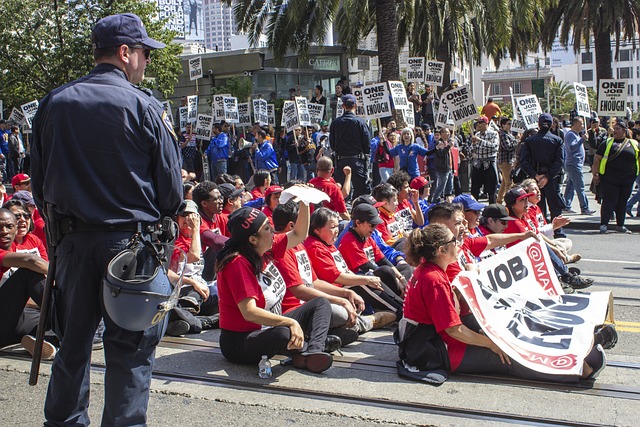Article Title:Suicide and religiosity - Masaryk's theory revisited
Abstract:
Background The relationship between suicide rates and the religious climate of a community is a matter of controversy. Rising suicide rates have been attributed in part to a decline in religious observance, but contradictory evidence has also been adduced. Methods We compared national suicide rates, classified according to gender, age, and urban-rural location, with the results of a national survey on religious belief and practice conducted during the same year. The survey consisted of four questions dealing with different dimensions of religiosity, some of which might be considered as internal and central, others more external and social. Results Suicide rates were higher for males than for females, and for younger than for older age groups. Religiosity was, in contrast, higher among females and in rural areas. Suicides were more frequent in rural areas, which also had greater religiosity. External, social dimensions of religiosity differed more than core beliefs. Conclusions There is evidence of an inverse relationship between religiosity and suicide when age and gender are considered, but not according to location. Possible reasons for this are discussed.
Keywords: suicide; religion; social change; secularism; culture
DOI: 10.1007/s00127-003-0668-6
Source:SOCIAL PSYCHIATRY AND PSYCHIATRIC EPIDEMIOLOGY
Welcome to correct the error, please contact email: humanisticspider@gmail.com



